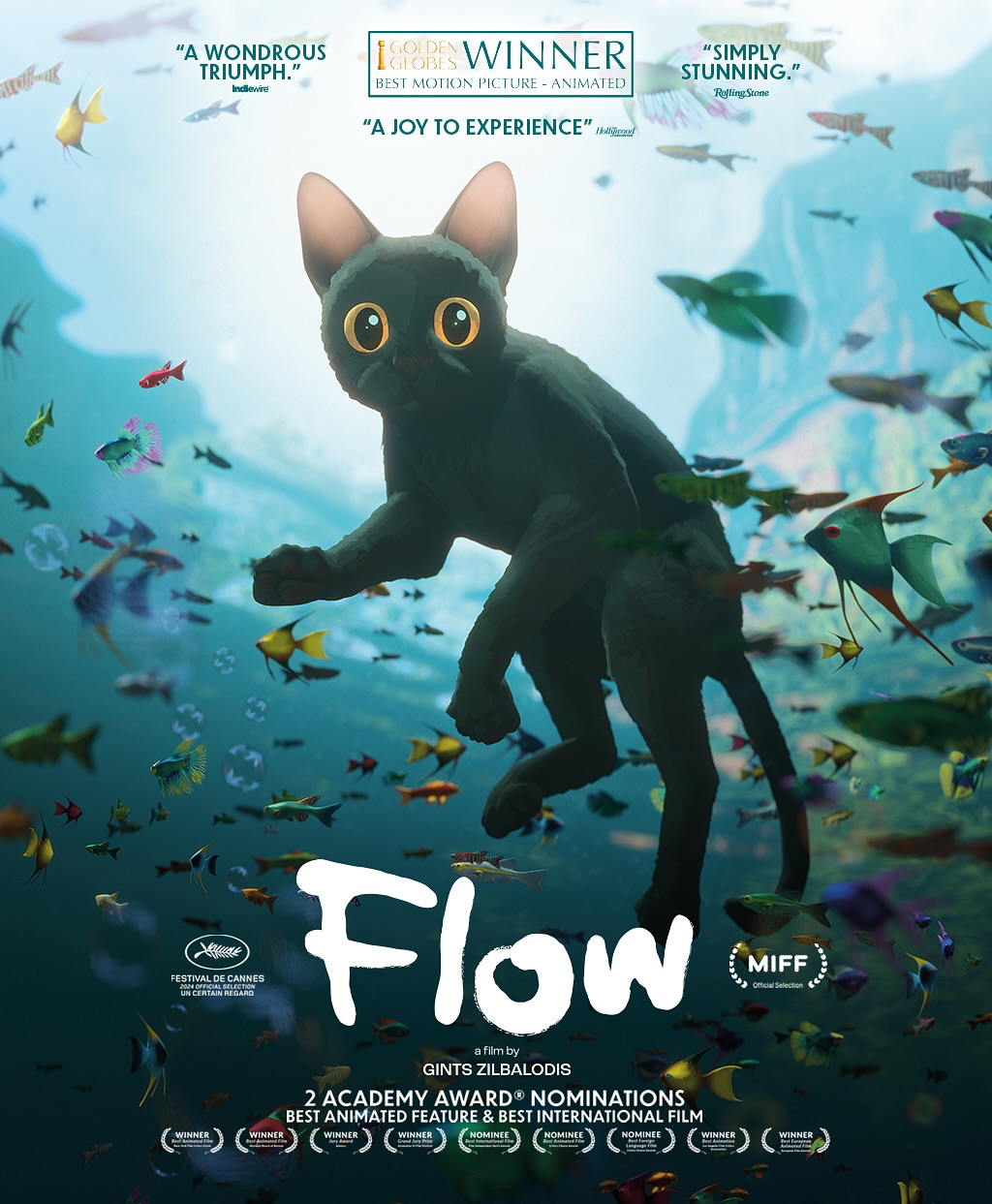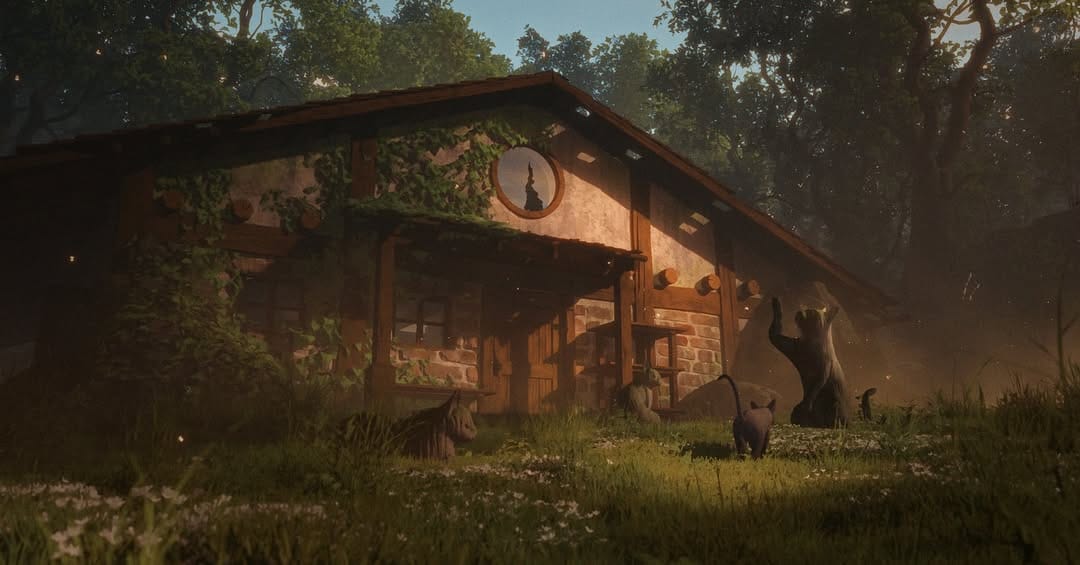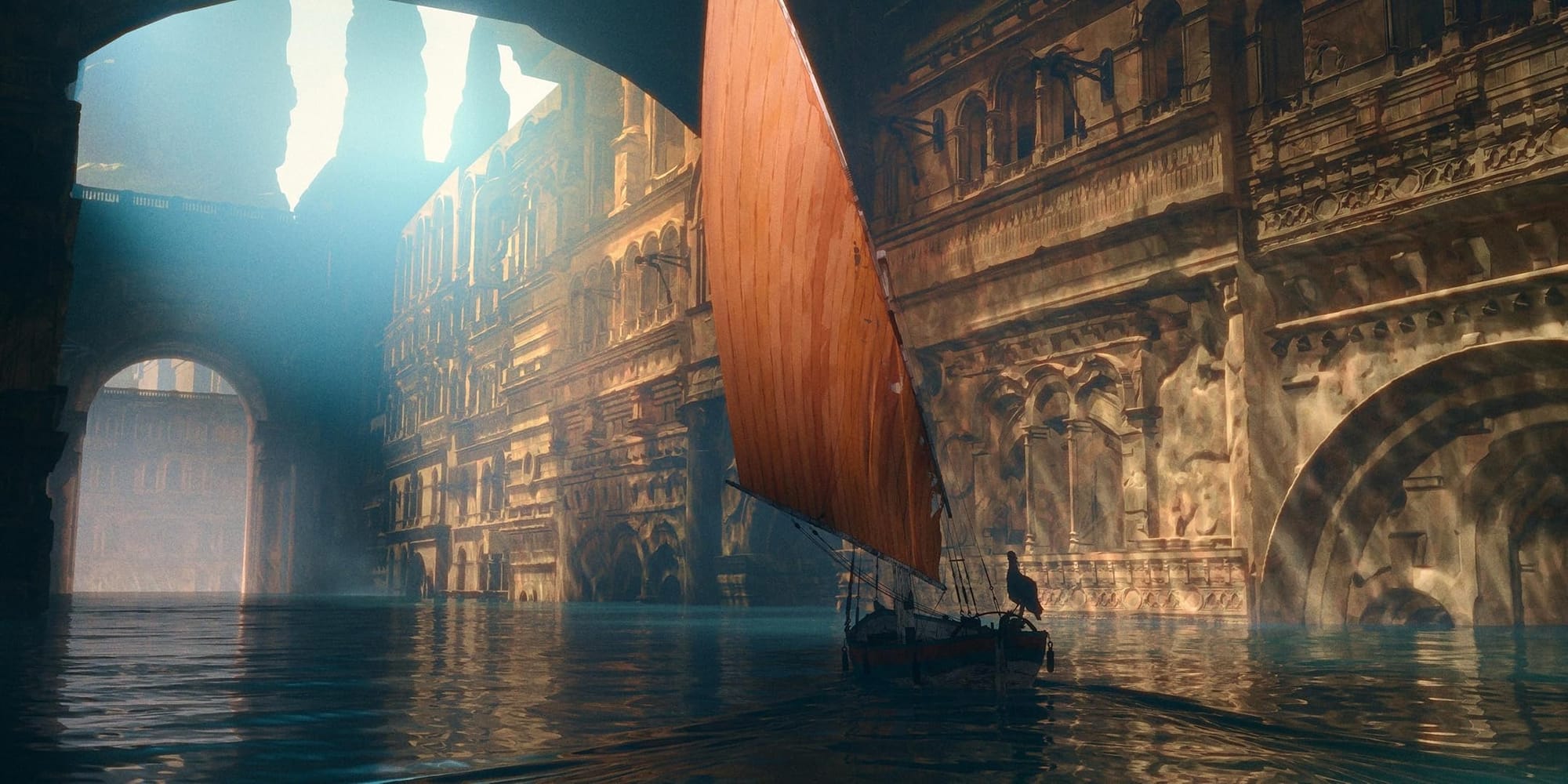Flow is an Academy Award nominated animated feature film that has seemingly defied all odds. The film was entirely made on the open source 3D-software Blender with little-to-no budget. Its Latvian filmmaker, Gintz Zilbalodis is credited for almost all of the roles that went into making the film. He is director, producer, writer, editor, storyboarder, and more, practically a one-man venture which took him over 5 years to complete.

The film itself follows an equally extraordinary plot. A small black cat has to survive a flash flood which engulfed the entire continent. The heartfelt story finds the cat making unlikely friends in a secretary bird, a capybara, a golden retriever and even a whale. As seafaring boats and saltwater fish find their way to the cat’s dwelling, the film clearly states that the flood affecting them was caused by rising sea levels. This is what ultimately makes Flow a profound cautionary tale, told through the eyes of emotive animals, against what is to come if human beings do not act now to stop the full effect of climate change. This is why Flow, directed by Gintz Zilbalodis is relevant to the United Nations Sustainable Development Goals of Life on Land and Climate Action.

One striking feature of the film is the fact that it is completely devoid of any human characters. The film begins with an introduction of its protagonist, the black cat, which lives in an artist’s mountain cabin. The cat enjoys its lackadaisical routine, hunting fish from a nearby river, playing around the artist’s sculptures and sleeping under the sun. The film is entirely centred around animal life and viewers are eventually left wondering what happened to the cat’s owner, the artist who had lived in the cabin and created the sculptures.
Similarly, the film’s all-animal cast themselves weaving in and out of man-made structures throughout the film as they try to survive the flood. Here lies Flow’s environmental message. One which clearly states that even if all of humanity were to suddenly perish, their legacy will be overshadowed by the large-scale environmental destruction left in their wake.

Flow is a visually stunning and deeply moving chronicle of the urgent reality of climate change, told through the perspective of a world where human presence has vanished, yet its consequences remain. Gintz Zilbalodis’ masterful storytelling, achieved through an almost entirely solo effort, immerses viewers in a cautionary tale that highlights the interconnectedness of all living beings. By showcasing the resilience and struggle of its animal protagonists against the backdrop of rising sea levels, the film serves as both a warning and a call to action. Flow’s poignant environmental message reminds audiences that the choices humanity makes today will shape the survival of all life on Earth.
Find out more about Flow on their website www.flowthemovie.com or Instagram @flowmovie2024.
